
Spokesman for 6 Muslim clerics barred from US Airways flight
Jihad Watch
Spokesman for 6 Muslim clerics barred from US Airways flight
One of six Muslim imams pulled from a US Airways flight in Minneapolis last night by federal authorities is affiliated with a Hamas-linked organization and acknowledged a connection to Osama bin Laden in the 1990s.
Omar Shahin, who served as a spokesman for the clerics, is a representative of the Kind Hearts Organization, which had its assets frozen by the U.S. Treasury pending an investigation, notes Islam scholar Robert Spencer on his weblog JihadWatch
Treasury spokesman Stuart Levey in February said KindHearts “is the progeny of Holy Land Foundation and Global Relief Foundation, which attempted to mask their support for terrorism behind the façade of charitable giving.”
The imams had attended a conference in Minneapolis of the North American Imams Federation, said Shahin, who is president of the group.
“They took us off the plane, humiliated us in a very disrespectful way,” Shahin said after the incident last night.
Today, Shahin called for Muslims and non-Muslims to boycott US Airways unless the company changes its policy.
“They know what they have to do, they have to be fair and just with everybody,” he said.
The Washington, D.C., based lobby group Council on American-Islamic Relations planned to file a complaint, said CAIR spokesman Ibrahim Hooper.
“Because, unfortunately, this is a growing problem of singling out Muslims or people perceived to be Muslims at airports, and it’s one that we’ve been addressing for some time,” Hooper said.
CAIR, however, has its own ties to Hamas, having been identified by two former FBI counter-terrorism chiefs as a spinoff of a front group for the Palestinian terrorist organization.
A Sept. 28, 2001, story in the Arizona Republic that said Arizona appears to have been the home of an al-Qaida sleeper cell, named Shahin as one of three part-time Arizona residents who “fits the pattern” of the terrorist group.
Shahin, identifed as being with the Tucson Islamic Center, said members of his mosque may have helped bin Laden in the early 1990s when the al-Qaida leader was fighting against the Russians.
The CIA at that time, Shahin said, called bin Laden a “freedom fighter.”
“Then they tell us he is involved in terrorist acts, and they stopped supporting him, and we stopped,” he said.
In the story, Shahin expressed doubt that Muslims were responsible for the Sept. 11 attacks and said he “didn’t trust much of what the FBI has divulged – including the hijackers’ identities.”
As for Al-Qaida nests in America, Shahin said, “All of these, they make it up.”
Witnesses to the imam’s explusion last night said some of them made anti-American comments about the war in Iraq before boarding the flight, according to Minneapolis airport spokesman Patrick Hogan.
Also, some of the men asked for seat belt extensions even though a flight attendant thought they didn’t need them.
“There were a number of things that gave the flight crew pause,” Hogan said.
Shahin claimed three members of the group prayed in the terminal before the six boarded the plane. Last night, however, he said they had prayed on the plane.
The imams boarded the plane individually, Shahin said, except for a blind member who needed assistance. They didn’t sit together and “did nothing,” he contended.
 Wild Thing’s comment……..
Wild Thing’s comment……..
Nothing better to sooth your soul before a flight like a group of Imams getting in the aisle of the airplane and begin praying! They are lucky the passengers didn’t hit them over the head with a metal fire extinguisher.
I could care less if they do boycott the airlines. I’d prefer the airline that throws imams off the plane personally.
CAIR must have their their fax machine on speed-dial so they can file complaints more rapidly.
Just thinking here but how about if US airlines would switch from peanuts and other crunchies to pork rinds.

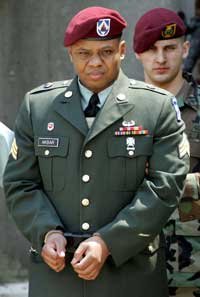




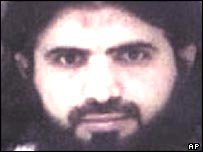




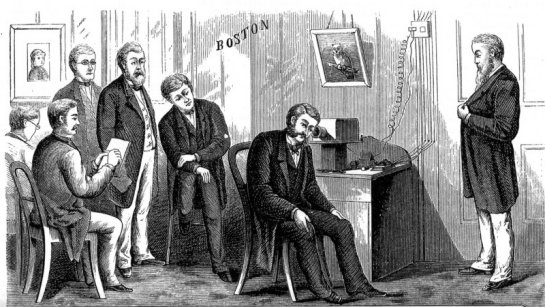



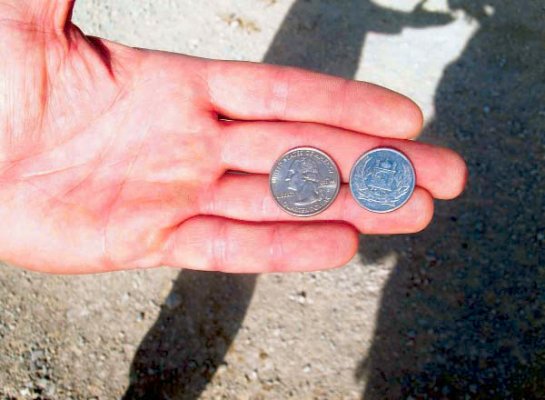

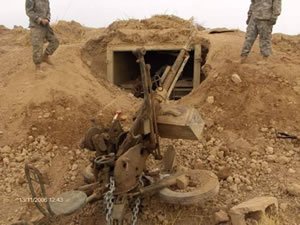
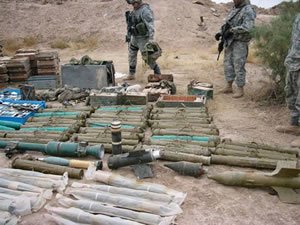
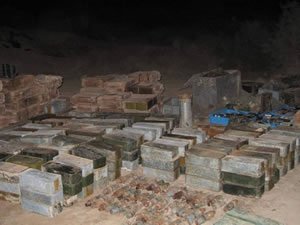
Recent Comments